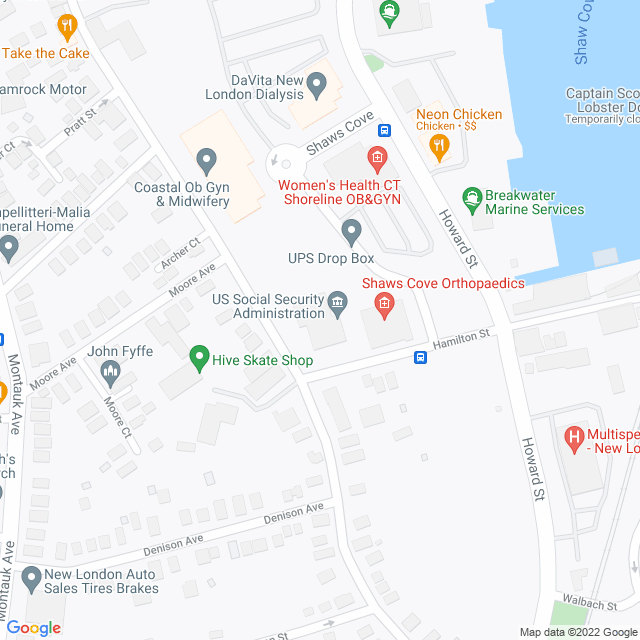
Vascular Surgery

Or, if you're not sure what you're looking for, you can:
Browse Specialists
Browse Primary Care
Or, if you're not sure what you're looking for, you can:
Browse All Conditions & Care Services


The Middlesex Health Center for Advanced Surgery is home to a cutting edge facility that contains the most advanced tools for diagnosing and treating vascular disease. Our specialists are pioneering minimally invasive techniques, as well as procedures that don't require any incisions at all. And, they are also committed to providing personalized care - taking the time to develop a unique plan for each patient to ensure the best possible outcomes.
Years ago, vascular surgery was much more invasive, requiring larger incisions; however, new technology allows our surgeons to use minimally invasive and incisionless techniques to repair and reconstruct some of the most delicate structures in the body. Middlesex Health's minimally invasive approach to vascular surgery allows our patients to recover quickly and get home to their life and family faster.
All Middlesex Health vascular surgeons are part of The Vascular Experts, the largest group of board-certified vascular surgeons in the country.
3 Specialty Care Locations



As members of the Mayo Clinic Care Network, our surgeons have a direct connection to some of the world's top experts, so we can bring even more expertise to our most complex cases.
